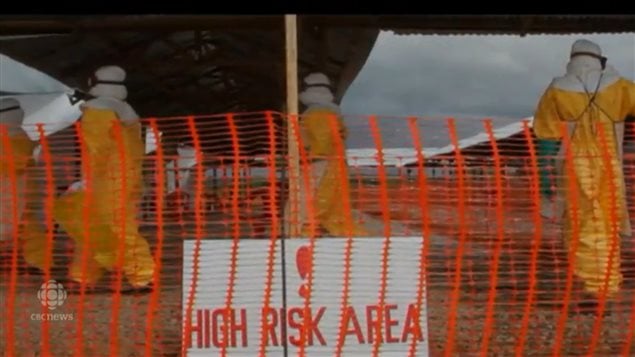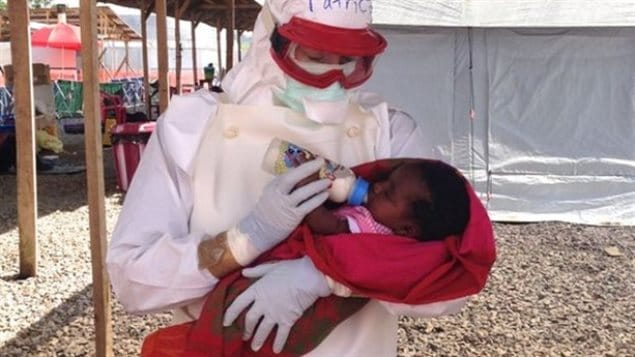Mathematics and health care; not necessarily two things one would image to go hand in hand with each other, especially in times of medical crisis such as the ebola outbreak.
But, that’s exactly what a researcher in Toronto has done. She and colleagues, have developed a mathematical model to help in preparation for exactly such medical emergencies, especially when mass transfusions are required in the absence of vaccines.
Xi Huo (PhD) is a post-doctoral fellow at Ryerson University in Toronto who led development of the model.
Listen
The 2014 Ebola outbreak is believed to have killed some 11,000 people in several West-African states. The disease can kill relatively quickly, is very easily spread, and has a very high fatality rate.
The world was caught off guard and struggled to catch up with the need created by this crisis, and develop treatment and preventative measures, as proven medications or vaccines were not readily available.
The suggested treatment was to used blood from survivors which contained antibodies, and transfuse it into patients to help their bodies fight the infection. Using data derived from that outbreak and medical reaction, what Xi Huo and her team did was come up with a mathematical model of how to prepare for such an outbreak while improving survival rates.
She is lead author of the research published in the Journal of Theoretical Biology under the title; Treatment-donation-stockpile dynamics in Ebola convalescent blood transfusion therapy,

This is the first comprehensive study of the logistics behind large-scale blood transfusion/antibody therapy during Ebola outbreaks
In the absence of vaccines, which is usually the case with any widespread medical infection, the World Health Organization is recommending that large scale transfusions take place from survivors. But that takes infrastructure, resources, and personnel.
They note that when such outbreaks of serious contagious diseases occur, whether SARS, MERS, pandemic influenza, Ebola or Zika, there is always a long lag-time before vaccines can be developed, if at all.
The antibody treatment (transfusion) does get results in cases like Ebola, SARS and MERS, but as shown by the Ebola outbreak, it needs logistical improvement. ( Blood transfusions for Zika is not yet a proven treatment)
Mortality from 70% to under 50%
“As part of this study, we used mathematical models to evaluate the blood treatment strategies employed during the 2014-2015 Ebola outbreak, and used publically available infection data and the WHO’s blood transfusion therapy guideline to inform the optimal strategies for large-scale use of this treatment,” said Huo in a Ryerson University article. “We conclude that by optimizing treatment strategy during an Ebola outbreak, the mortality rate can be reduced to under 50 per cent, a substantial improvement over the reported rate of 70 per cent.”

Huo and her co-authors studied a variety of factors influencing Ebola’s disease transmission dynamics and large-scale blood transfusion treatment. This included distribution logistics, health care resources required, stockpiling of resources, record-keeping, blood storage, and communication among agencies involved and resource management.
The researchers will continue to develop additional mathematical modelling and future cost-effective studies. This will like at financial/economic guidance on large-scale Ebola blood transfusion therapy, including blood collection, screening and matching, delivery, as well as storage.







For reasons beyond our control, and for an undetermined period of time, our comment section is now closed. However, our social networks remain open to your contributions.